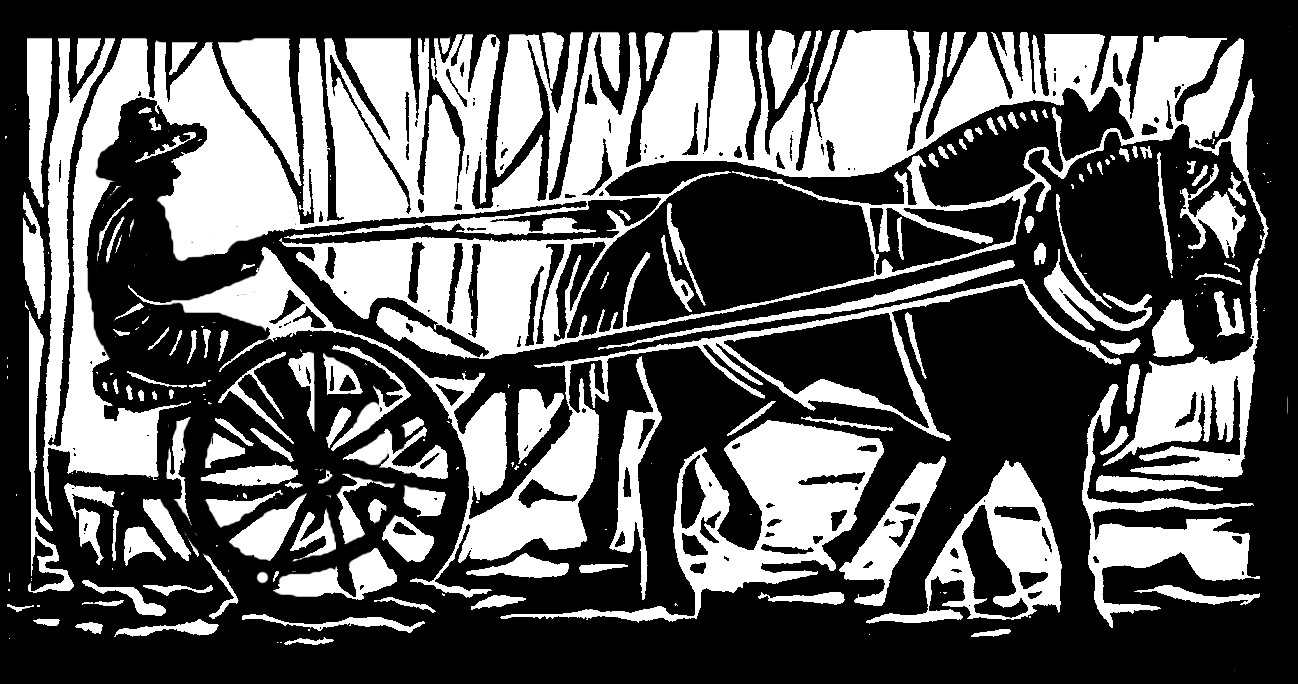July is all about freshness on our New Hampshire vegetable farm. Well, maybe the farmers and the farm horses aren't overly fresh in July, but they plug steadily along, working in the heat or the pouring rain, in the four greenhouses and the four garden sections, and in the hayfields to boot.
But the food on a vegetable farm in July? Now that's fresh.
Of course, since early spring we farmers have been eating some fresh-from-the-garden food, such as the lovely salad turnips and bok choy and salad greens and spinach, but “some” is the key word here. Because in March, and April, and May, and often even in June, we're still working primarily on last year's store of food.
There's the winter squash, for example, which keeps for many months, and even if it begins to tire in March, we cook it and freeze and have it for many more months. Why, we had pumpkin-it's- really-winter-squash cookies and muffins and soup in the middle of June this year. (But at least we had some yummy fresh salad to go along with it.)
It's a little harder to think what to do with the last bag of frozen kale as summer approaches, because the new kale in the greenhouse is already coming in, tasty and tender. Still, throw a handful of frozen kale into that pumpkin-it's-really-winter-squash soup, and we've accomplished another thrify meal.
Then there's the shallots, which keep the longest of all our onion crops. By summer we've made our way through the white onions, the yellow onions, and the red onions, and now we're on to the shallots. The onions start growing green tops sometime along in the early spring, but we just cut them off and pretend they're scallions, and use them along with the onions and shallots.
Our root cellar, too, depending on the year, may still hold potatoes or daikon radishes or rutabagas into the summer. The produce is a little soft, maybe, but what's a thrifty vegetable farmer to do? It's three months or more before those crops come in, and besides, if the potatoes are soft, they'll just take less time to cook.
Thus we make our sustainable way through the spring-time, munching determinedly on the old stuff, celebrating the end of the frozen winter squash and the frozen summer squash, the frozen kale and chard, the frozen beans, broccoli, eggplant, pesto, the peppers and berries and rhubarb and salsa. There's the canned beans and tomato sauce and applesauce and cider, the maple syrup and pickles and jams and jellies, as well as the dried hot peppers and tomatoes and apples and herbs, and the sauerkraut and kimchi. The root cellar holds potatoes, beets, carrots, daikon radishes, turnips, rutabagas.
We peer into the depths of root cellar and chest freezer, we rustle among the jars in the pantry, we study our charts where we mark down everything we froze and canned and dried and fermented the year before. We are grateful indeed for all this food, and amazed once again at all the work we did in storing it up. How did we ever manage to put all this food by when we were so busy in the garden? And will be able to pull it off again?
But we don't need to think about that yet. It's only July, far too early to start canning, freezing, and drying. We've finished the old, and it's all about fresh food this time of year. As one of our CSA members said long ago, enthusiastically, “We like it fresh!”
We like it fresh too (even though we haven't got as much nerve, or maybe as much humor, as our farmer-colleagues on Tracie's Community Farm in Fitzwilliam, whose T-shirts say “Get fresh with us!”). We revel foremost in the luscious tomatoes, slicing and plum and cherry, closely followed by snap and snow peas, cucumbers, zucchini, yellow squash, scallions and lettuce. We've got basil and fennel, carrots and cabbage, beets and broccoli. We've got beans and eggplant and peppers.
And did we mention the luscious, juicy, mouthwatering tomatoes? All in all, we've got it fresh . . . we've got July!
Originally published in the Monadnock Shopper News, July 5 - July 11, 2017
